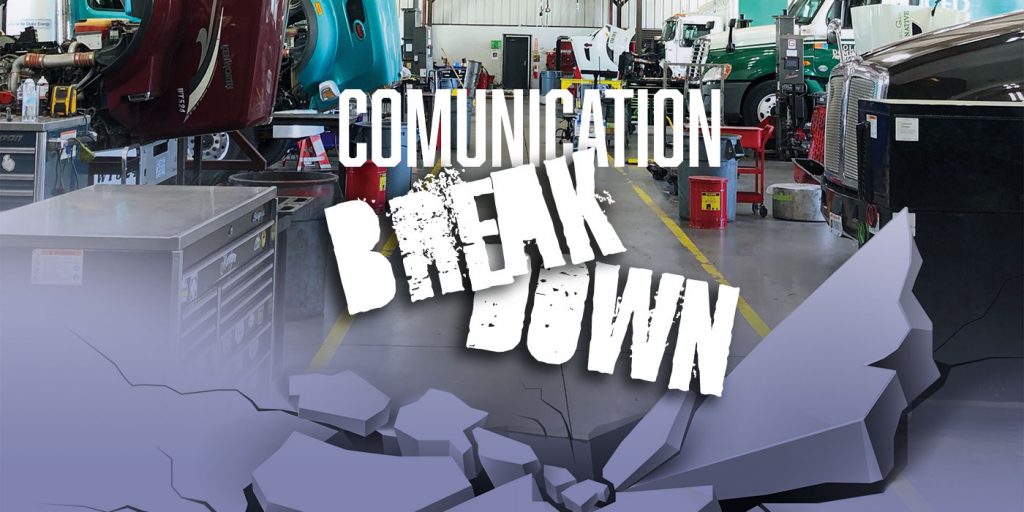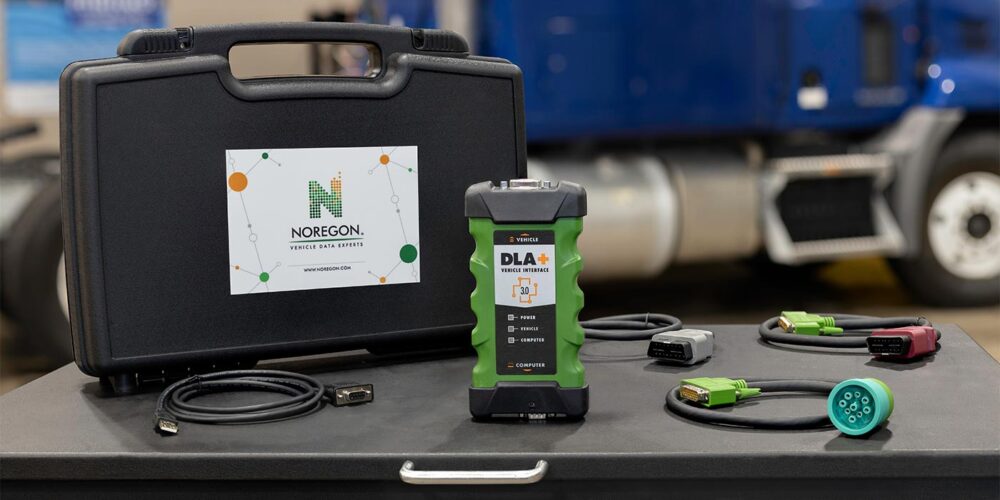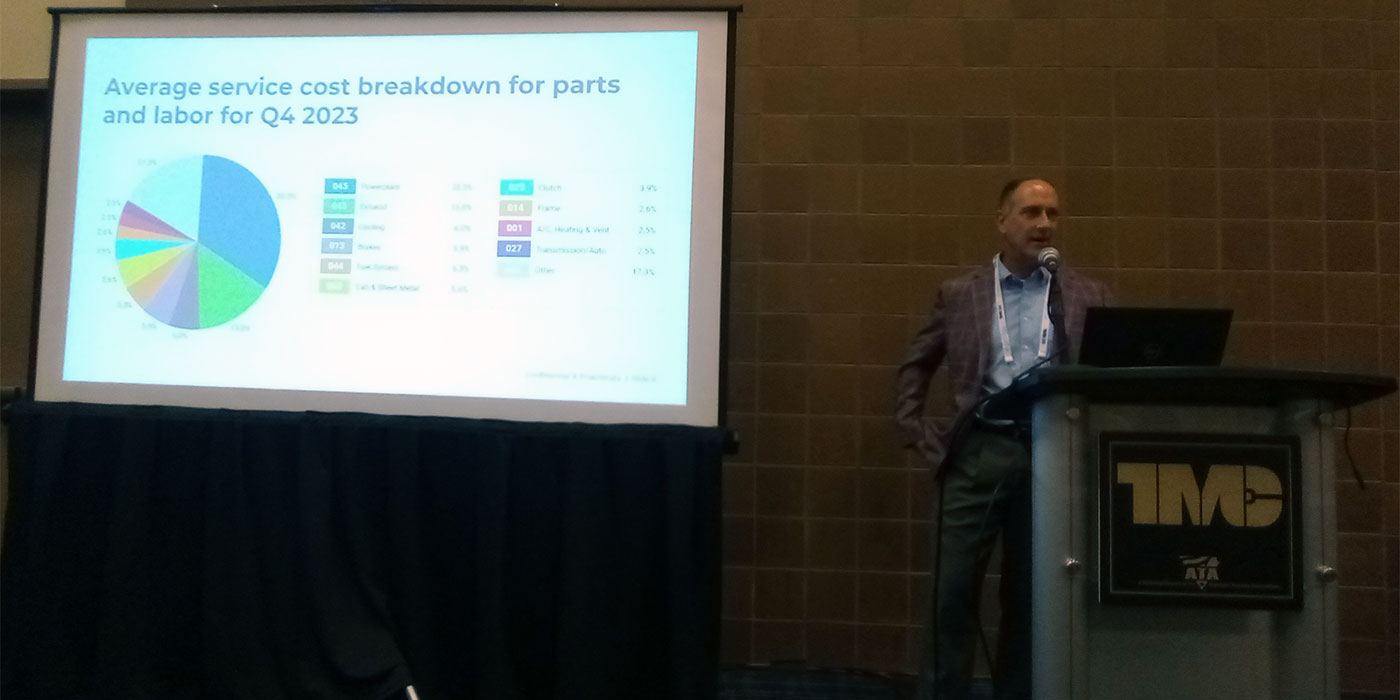Whether your fleet works with an independent shop or dealer or has its own shop, the goal when a truck needs a repair is the same for all parties involved: a quick, efficient repair done right. For you, time your truck spends in the shop bay is time it could be running its route; for the shop, time your truck spends in the bay is time another truck could be in that bay, so it behooves everyone to move quickly.
That starts with communication.
FE spoke with a variety of service experts about the best ways for fleets to work with their service providers, and they all emphasized communication.
“Have all relevant departments of the organization work together on processes,” recommends Scott Bolt, Noregon’s director of product development. “A fleet manager and a shop manager may have similar goals, but different needs to meet those goals, so it is critical to get input from everyone involved when implementing new tools, processes or procedures.”
Here are a few steps you can take to make the service process better for everyone involved.
Be transparent and proactive
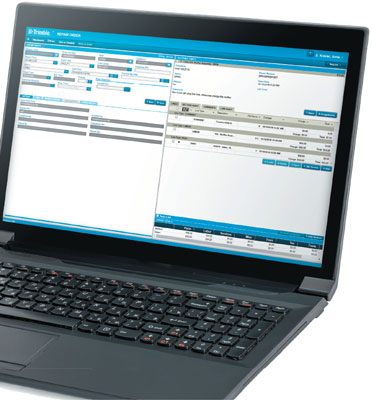
Being proactive is perhaps the most important thing you can do from the fleet side to help the shop maximize the efficiency of the repair—providing necessary data to them before the truck comes in helps them get right to the nitty gritty of repairing the truck once it gets there.
“As fleets increasingly continue to outsource service work, it’s even more important to fill any data voids in the repair process, to more proactively and efficiently exchange information,” says Renaldo Adler, industry principal for asset maintenance with Trimble Transportation.
Adler says that proactive communication with a service provider can be as painless as picking up the phone to call ahead about a known issue.
“The more advance notice you can give a service provider the better,” he continues, “so they know what’s coming in and what issue they need to address and can ensure they have the necessary parts to make the fix quickly. An abundance of truck data has made it easier than ever for fleets to focus on an issue that needs to be addressed immediately. Fault data, telematics information and more can provide a great deal of value in diagnosing and fixing a problem.”
“To maximize uptime, improve communication with the shop before the vehicle arrives,” Noregon’s Bolt advises. “Using a service like TripVision, fleets can provide advanced diagnostic reports that include information like component specifications and fault details to begin the triage process and better plan for parts and labor needs. Don’t surprise the shop with a truck; advanced notice will help both parties prepare and ensure fleets are sending the truck to a service center that is equipped to quickly handle the needed repairs and get it back on the road.”
Transparency is also important, for both sides. Don’t be afraid to share all the data you need to share so the shop can make an informed decision about your truck.
“Simply stated, there needs to be a framework for full transparency throughout the entire maintenance and repair process,” says Mark Wasilko, vice president of marketing with Decisiv. “From check-in to inspection through estimation and approval, from initiation of the repair to completion and return to service, the ongoing exchange of information puts the right actionable information into the hands of the right people at the right time.”
Examples of what can be done with this level of communication and collaboration, Wasilko adds, include the ability to receive and share alerts and notifications, diagnostics, service bulletins, recall and warranty information, or to share a complete profile on the asset’s entire service history.
Wasilko says that Decisiv’s Service Relationship Management (SRM) platform can help with fleets and shops improve their real-time communication efforts. “We believe the SRM platform provides a level of service orchestration that is both streamlining the entire service process and driving dramatic improvement in asset uptime and performance.”
The shop or dealer should make sure they are being transparent as well.
“To improve communications with customers, shops should adopt transparent processes that reflect the honesty of their work,” Noregon’s Bolt says. He recommends making use of an in-shop diagnostic and repair tool, such as Noregon’s JPro, that holistically diagnoses the entire vehicle so you can inform the customer of all problems on the vehicle during triage. If something unexpected occurs along the way, particularly if it changes the price or downtime estimate, communicate these changes with the customer.
Use the right communication method
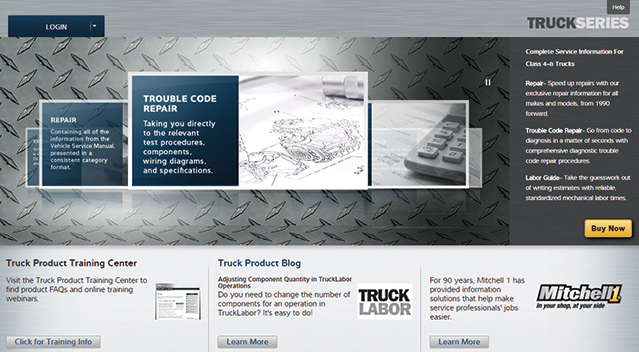
Good communication streamlines the repair process, and this communication takes more forms than ever. Many of the sources that FE spoke with highlighted the wide variety of communication options available to today’s shops—from customer portals that automatically provide updates, to taking the more direct approach and sending texts to the customer.
“One of the tools included in the Mitchell 1 Manager SE shop management system is the ability to communicate via text message,” says Kristy LaPage, business manager for Mitchell 1’s commercial vehicle group. “Shops can reach out to their customers in a much more efficient manner using the texting feature. Approvals, status updates and even pictures of the specific components can be sent via text, often resulting in reduced downtime. This feature also gives the shop the ability to save the interaction to the customer’s file, which can help in future discussions with the customer, allowing both the shop and the customer to review and discuss the events that transpired during the job.”
“In addition to phone calls, many service providers now use a customer portal that provides near-real-time updates on a vehicle’s repair status, displays images of broken parts, allows fleets to sign off on expenses and services, and more,” Trimble’s Adler notes. “This type of solution can eliminate much of the back-and-forth that often occurs between service providers and customers during the repair process.”
Which communication feature should you use? It will likely vary depending on the customer. Remember that different customers have different expectations, so you should tailor your communication method to meet their needs and their comfort level.
“Whatever technology is used—texting, phone or email—it’s important to understand and use the customer’s preferred method of communication,” Mitchell 1’s LaPage says. “That will also help set the stage for a successful repair experience and a satisfied customer.”
With communication becoming easier, it lets you, the fleet, keep closer tabs on how the repair is progressing—and with efficient repairs at a premium, the onus is on the shop to keep trucks moving.
“Service providers have a vested interest in reducing the amount of time a vehicle is in their service bays,” Trimble’s Adler says. “The more vehicles they can repair quickly, the more revenue they can make. If a technician needs to call a customer to inform them of an expense or additional service need, they may end up delaying repairs waiting for a call back with an answer, leading to the vehicle sitting in the repair bay, costing valuable time and money for both parties.
“The process to schedule work to be done at third-party service centers and dealers is often time-consuming and inefficient, and capturing repair and maintenance information on the work performed by third-party service centers and dealers can be tedious and fraught with errors. The result is inaccurate total life cycle costs, unnecessary work done on the equipment and lost opportunities for warranty recovery,” Adler says, pointing to Trimble’s TMT ServiceConnect module as a way to helps fleets eliminate these challenges and improve equipment utilization, by connecting them to more than 4,500 medium- and heavy-duty service locations across North America.
The dangers of over-communication
All of this said, one critical mistake fleets can make when communicating with service providers is providing too much data without context.
Here’s Adler: “There is such a thing as over-communicating! You don’t want to overload technicians by giving them too much data to dig through.
“Providing service providers with the right data at the right time can lead to efficiencies for both parties,” he continues. “Repair history and information, for example, could prove useful in diagnosing a new problem, or show that a certain part is nearing warranty or service deadlines, which could be fixed at the same time as another repair to get the truck back on the road more quickly, eliminating the need for yet another service appointment in the future.”

